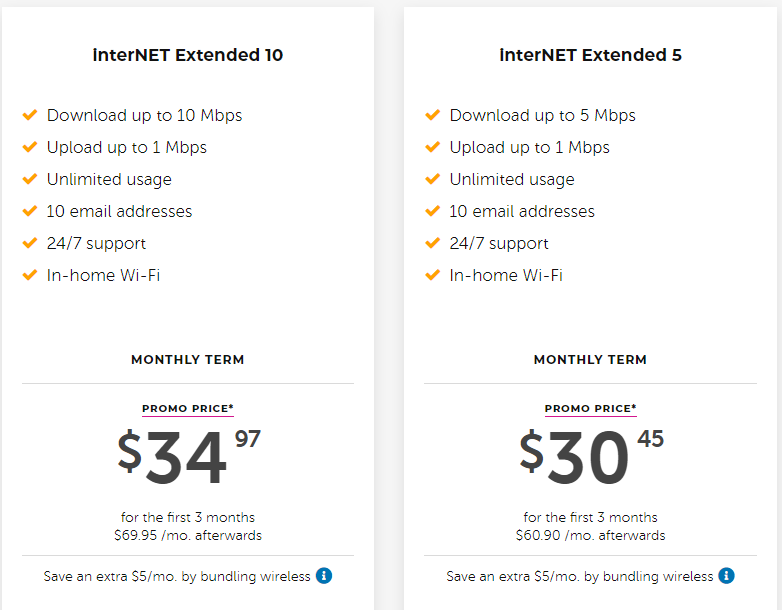A typo was made in the letter going out to Christopher Lake and Emma Lake residents. In the letter, where it says “Anglin Lake” it is meant to say “Christopher and Emma Lake”. The error was noted after we had printed and mailed a large portion of the letters.
How do I respond to the survey?
Attached with the letter is a survey response form. You can drop that off at our office even after hours, we have a mailbox out front with our logo on it. You can also call the office at 306-982-2010 to give a verbal response, or email in your response and comments to office@www.lakeland521.ca.
Is the DSL service proposed to be the same for all 3 lakes?
Yes the same service is being proposed for all three lakes (Anglin, Christopher, Emma). The service proposed is DSL infrastructure that runs over the copper phone lines, and will be designed to offer 5/1 and 10/1 high speed internet services. The network will remain under the ownership of SaskTel, and as such, enter into its overall network infrastructure in terms of upgrades to higher speeds and additional services in the future at no further cost to the communities.
At launch, the following services will be made available:

Is the community contribution the total cost or is SaskTel contributing to this infrastructure project?
The community contribution covers the negative business case portion of the project. The overall cost of each project is much larger, and SaskTel is contributing the remainder of the funds to implement the project. For competitive reasons, SaskTel is unable to provide the full cost of the overall project to the communities.
Is the DSL service dish-oriented?
No, the service operates on the underground copper telephone wires within the communities. As such, the service is not affected by weather or other limitations normally associated with satellite infrastructure. The service is an always on connection and the network is designed to ensure enough capacity is available to all customers within the community to receive the services they are paying for.
Is Bells Beach different from the rest of Christopher Lake and Emma in what is currently available for high speed?
Bell’s Beach currently is able to receive high speed service at 1.5Mbps given its location close to the infrastructure available in the town of Christopher Lake. This proposal includes upgrades to the infrastructure in Bell’s Beach to enable the residents to receive 5 and 10 Mbps services.
What is the cost to connect to the house?
The cost is all inclusive and will utilize the current copper phone line ran to the cottage if available, or a new line will be placed if required when the customer signs up for service. We do not proactively place a line to the house if one is not there without a customer subscribing to service.
Would this cost be substantially more at a later date?
The cost is to enable the infrastructure to the entire community and pricing is based on current costs for SaskTel to do the work. Given prices for material and contractors generally rise year over year, the cost to do this at a later time would most likely be higher.
Are there any equipment or service costs to the subscriber?
SaskTel provides the modem to the subscriber free of charge. Standard monthly rates apply for which ever service plan the customer subscribes to. As SaskTel retains ownership of the infrastructure, it becomes part of our overall network and receives regular maintenance and upgrades at no further cost to the community.
Is there a minimal seasonal subscription rate for non-resident cottage owners?
All SaskTel services are offered on a month-to-month basis with no minimum timeframe regarding length of time a customer must subscribe. Contracts are available should a customer wish to subscribe to a longer term plan and see some savings over that period. Sasktel also offers a seasonal disconnection service where customers are able to suspend service for up to 6 months.
Would this service replace the need for a regular land line telephone?
No, it is to provide high speed internet service. With that said, Sasktel does find that the cellular network capacity does improve in resort areas where DSL service is provided, as the internet traffic that subscribers utilize is removed from the cellular network to the DSL network.